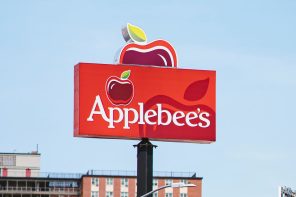Never have consumers been so engaged with what they eat and drink.
The COVID-19 pandemic led consumers to refocus on mindful eating and plant-based proteins, with a renewed focus on mental health, immune support, functionality, and sustainability. The pandemic also drove unprecedented gains for e-commerce and investment in technology, creating new opportunities for traceability and better connecting consumers to food origins.
Mindful Eating and Food as Medicine
Euromonitor’s 2021 survey found 51 percent of global consumers rated their current eating habits as healthy or extremely healthy. This trend transcends age, income, and geography. Post COVID this definition of healthy has changed to include not only physical wellbeing, but also increasing mental wellbeing, creating opportunities around immune support, gut health, and mood management.
The line between food and supplements has also blurred, with consumers zeroing in on the functional claims products make, while special diets such as Keto continue to be popular. Governments have also stepped up in this space regarding product labelling and nutrition scores.
Plant-Based Eating and Alternative Proteins
This trend continues to be driven by demand for more sustainable and ethical food practices, as well as health concerns as consumers become more aware of the health benefits of plant-based diets.
This trend has been accelerated by the pandemic as people double-down on healthy eating. Global sales of ‘free from meat’ products jumped by 12 percent in 2020 (Euromonitor International). Cell-based meat is also quickly emerging as a potential trend frontier as prices for these products continue to drop.
In December 2020, California-based Eat Just, which develops and markets plant-based alternatives to conventionally produced egg products, created lab-grown chicken that became the first lab-grown meat to receive regulatory approval in Singapore. As these plant-based options become more widespread, the competition with traditional dairy and meat products will only intensify, particularly around the relatively “processed” image of these alternatives that conflict with existing clean label trends.
From Farm to Fork: Food Tech, Origins, and Security
This explores how trends in food origins and security are converging with unprecedented investment in food technology, e-commerce, and delivery.
The pandemic put local sourcing and food security back on the map as supply chain issues and concerns with food safety were magnified. At the same time, COVID-19 led to massive gains for e-commerce and tremendous investment in technology, automation, and supply chain digitisation.
When Euromonitor asked global retailers about the two most important long-term shifts to come from this pandemic, the top responses were online shopping and more locally sourced products. The intersection of these trends is creating a new era of transparency across the entire farm to fork journey.
This has disruptive implications for food supply chains and the broader consumer path to purchase, and as brands face a rapidly evolving competitive landscape, they must adapt with new methods of brand storytelling, pivoting to local sourcing, and exploring new routes to market, including direct to consumer or marketplace platforms.






